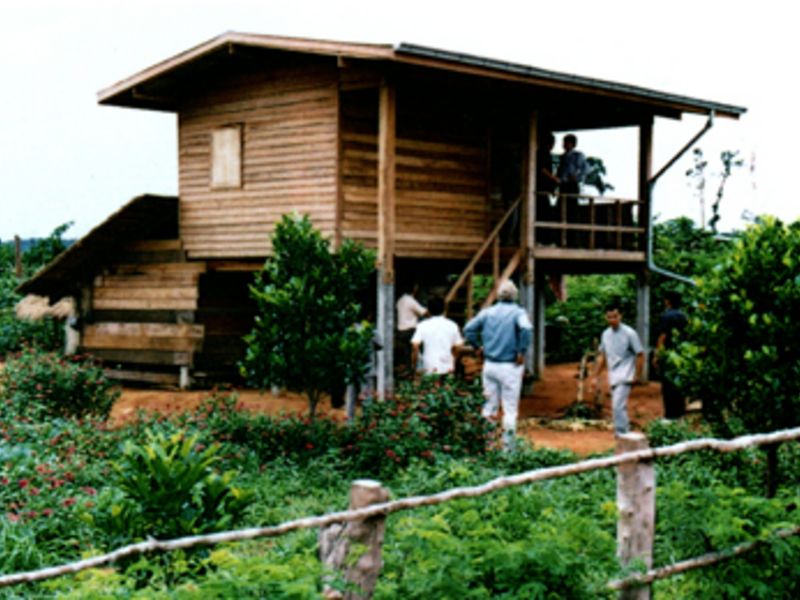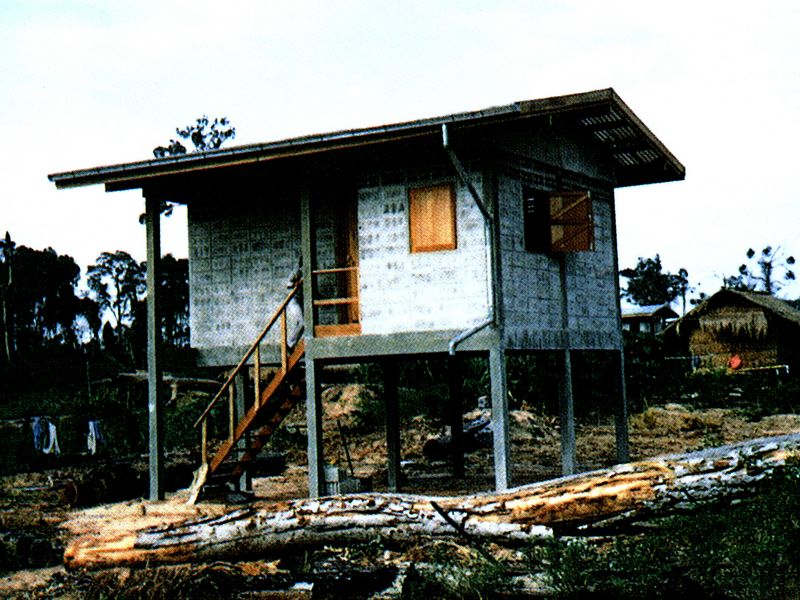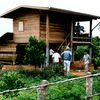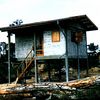Bangkok:Village Development Programme (VDP)
Disciplines
-
Buildings & Architecture
-
Urban Infrastructure & Utilities
Companies
Dorsch Consult asia Co., Ltd.
Client
Department of Technical and Economic Cooperation (DTEC)
Duration
From 1982 to 1995Project Activities
- Research
- Detailed design
- Management of community participation
- Tender and procurement procedures
- Construction supervision
- Project management.
Contact
Dorsch Consult asia Co., Ltd.
Bangkok (Headquarters)
18th Floor
Rama 4 Road
Tungmahamek, Sathon
10120 Bangkok
Thailand
Phone: +66 2 - 679 89 00
Fax: +66 2 - 679 89 95
E-Mail: dcasia@dorsch.co.th
Description
The Thai-German Village Development Programme (TG-VDP) was a bilateral aid project established forthe benefit of Thai villagers in the remote area alongthe border to Cambodia.
It was grant-aided by the government of the Federal Republic of Germany and implemented by the Royal Thai Government.
At the beginning the Programmewas devoted to the development of rural infrastructure to satisfy basic subsistence requirements; later, however, increasing emphasis was placed on incomegeneration.
The components of TG-VDP comprised:
- Water supply & sanitation
- Roads
- Housing
- Irrigation
Five Thai government agencies (DTEC, JOC, ARD,DPW and DOH) were responsible for coordination andimplementation, which ranged from initial identification to final commissioning.
The work was supported technically by a joint German/Thai consulting venture.
Housing construction programme
The housing component was integrated into the Thai Government's Affected Thai Villages Programme (ATV), a self-defence and resettlement initiative for border communities.
The objective was to provide secure villages, complete with social and physical infrastructure.
This component was administered by the Departmentof Public Welfare (DPW) with the assistance of the local authorities.
In order to save costs and encourage a feeling of responsibility amongst the resettled villagers, emphasis was placed on a high degree of self participation.
Thus, although materials were provided from TG-VDP funds, the dwellings were constructed by the villagers themselves under the guidance of professional craftsmen and DPW's and the consultant's supervisors.
In the past all houses were constructed primarily of timber, in accordance with age old custom.
The columns were manufactured as precast concrete units up to just above ground moisture level, at which point they were connected to timber members.
The roofs were made from corrugated metal.
The house construction programme proved most successful in terms of its artisan training value for the villages.
Moreover, the self-participation clearly helped to develop a closer community spirit.
Housing material test programme
In view of the rising concern over the degree of deforestation in Thailand, this study was commissioned to find alternative construction materials to timber for further housing components under TG-VDP and otherprogrammes.
A total of 20 houses of four types (in-situconcrete, precast concrete, soil-cement blockwork,and timber) were constructed as prototypes in the same village for comparison in terms of durability, costand villager acceptance.
The outcome of the study was that soil-cement was shown not to be a viable alternative for both technical and economic reasons.
Furthermore, the optimal construction system was then found to comprise amixture of several materials: both precast and in-situconcrete for beams and columns, but still retainingtimber for planks, joists and structural elements in the roof.



